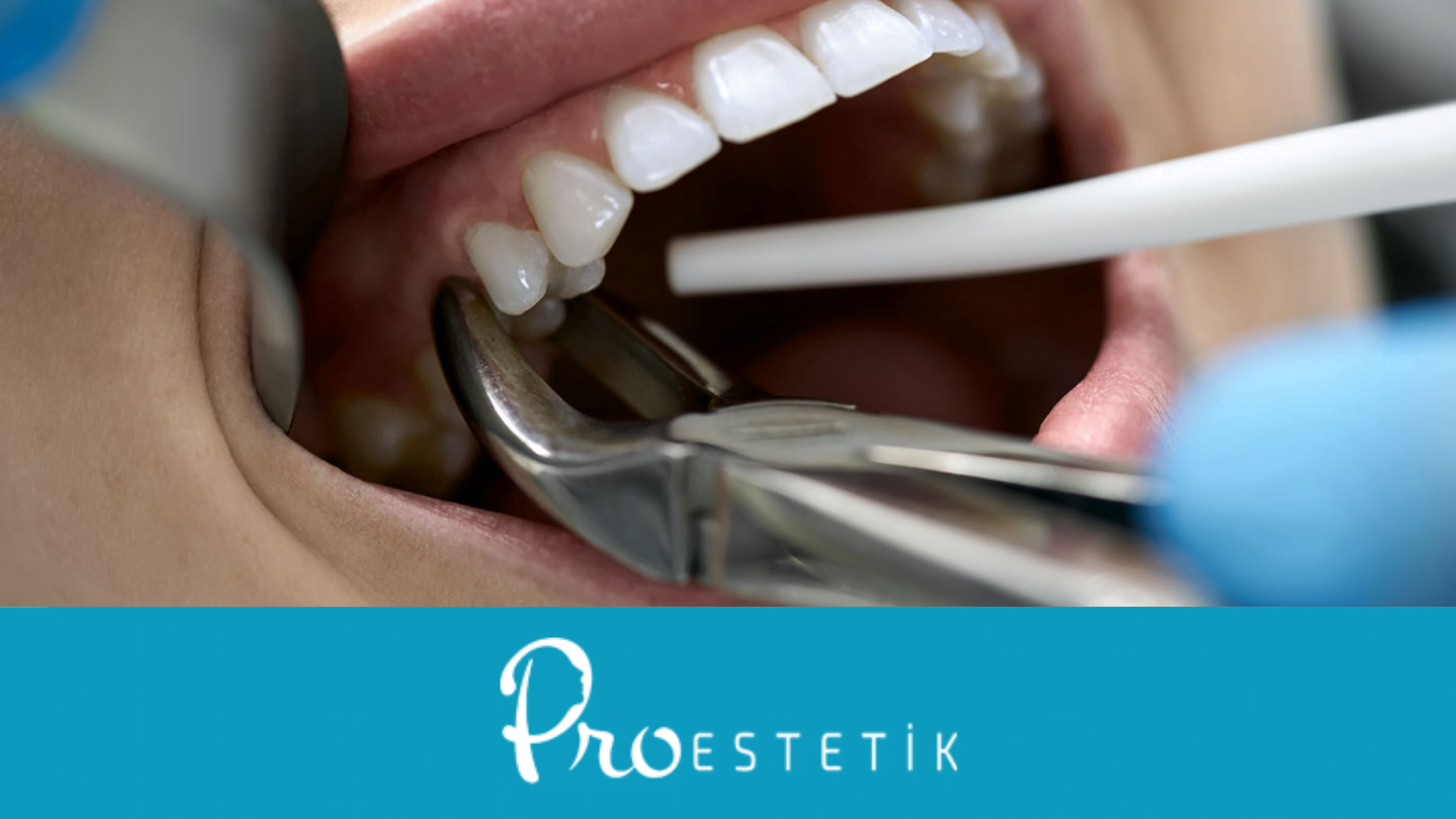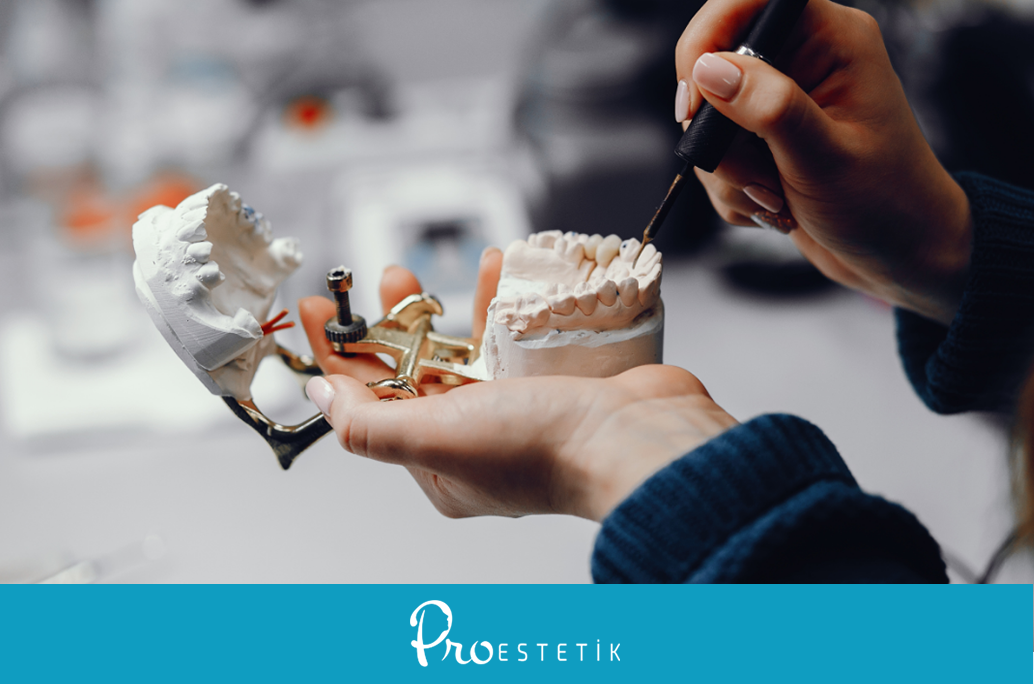What is debridement and what is it used for? Debridement, in short, refers to procedures that promote wound healing. Through this process, wounds heal faster and more cleanly.
To encourage wound healing, tissue debris is removed through debridement. Let’s explore how this procedure is performed and its different types in our article!
What Does Debridement Mean?
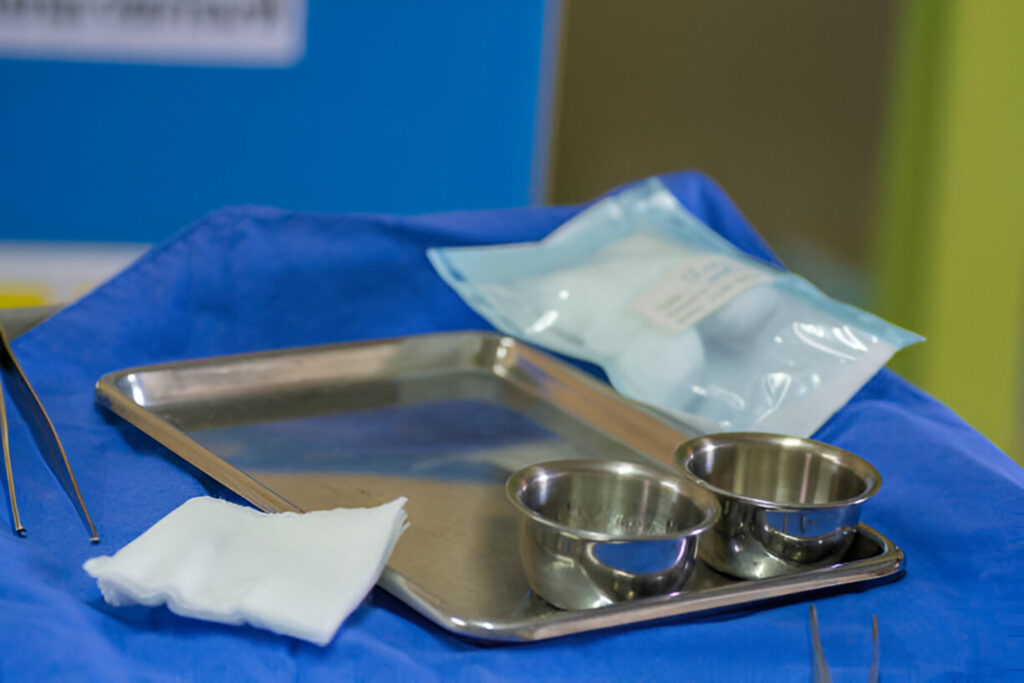
Let’s briefly explain what debridement means!
Debridement is the process of cleaning the tissue around the wound edges. This process allows the wound to heal faster and more efficiently. If this procedure is not performed, there may be problems with wound healing.
Debridement also helps prevent the formation of bacteria and related infections around the wound. It also stops new blood vessel formations around the wound, protecting the inner tissues.
Debridement Treatment

Debridement is defined as the removal of dead tissue that hinders wound healing. This procedure can be applied to chronic wounds, helping them heal quickly.
Debridement treatment varies depending on the type of wound. There are mechanical, chemical, and surgical types of debridement.
This procedure is also used in dental treatments. Let’s see what debridement is and how it is used in dental treatments!
What is Debridement in Dental Treatment?
Debridement in dental treatments involves the removal of dead tissue through various methods. It is used to clean plaque, tartar, and bacteria from the tooth surface. It is a commonly preferred method for treating gum diseases.
After the procedure, the gums become healthier and cleaner. Additionally, cleaning away dead and bacteria-laden areas helps prevent future tooth and gum problems.
Read Our Other Article!
"Gum Treatment: 6 Important Treatments!"
What is Autolytic Debridement?
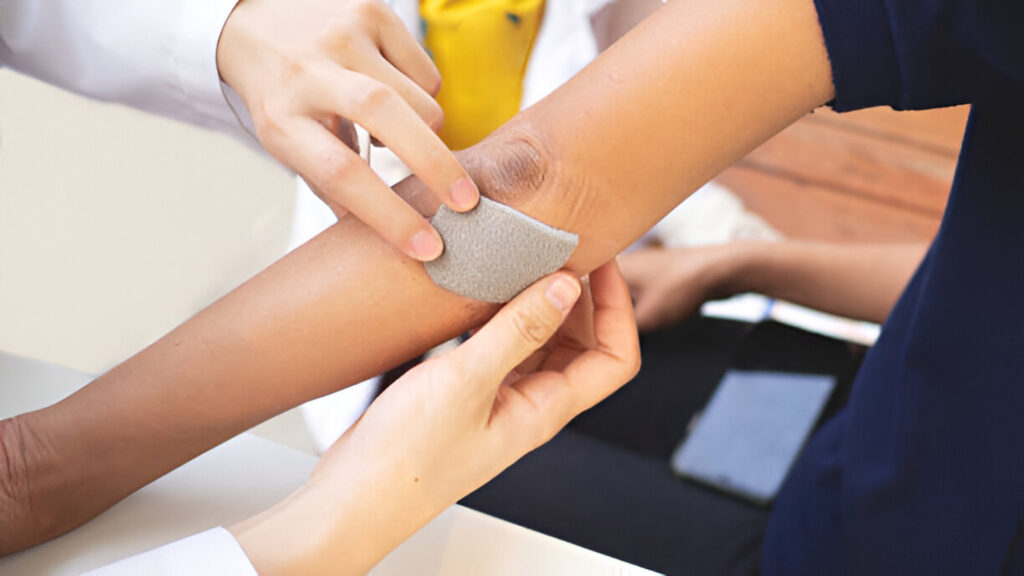
Autolytic debridement is the process where the body’s own enzymes remove dead tissue. This is usually preferred for shallow or chronic wounds. In this method, not much external intervention is applied, but rather, the body's natural healing process is supported.
In autolytic debridement, a dressing is applied to the wound, aiming to activate the body's own mechanisms more effectively.
How is Debridement Performed?
Debridement is performed by a doctor in a controlled and hygienic environment. This procedure is crucial for proper wound healing.
First, the location and depth of the wound are examined to determine the appropriate debridement method. Different methods are used for different types of wounds.
The different types of debridement are as follows:
- Mechanical
- Biological
- Autolytic
- Enzymatic
- Surgical
Your doctor will choose and apply one of these methods depending on the type of wound.
Debridement prevents the wound from being covered with dead cells. It also helps reduce the visibility of scars after healing, and in the case of large wounds, minimizes scar appearance.
How is Surgical Debridement Performed?
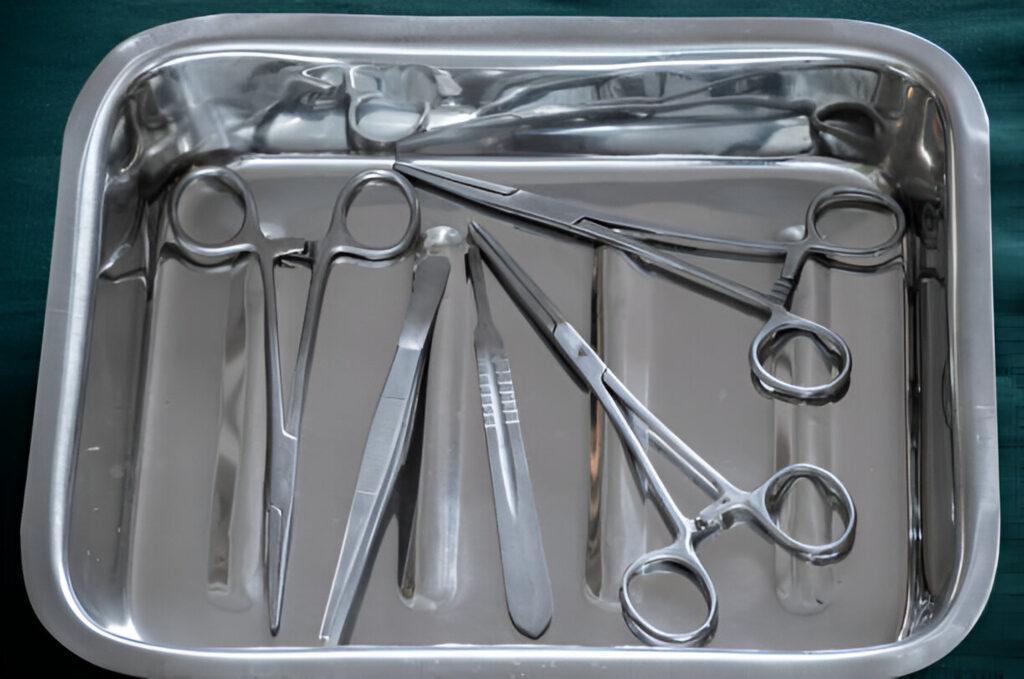
In surgical debridement, dead tissue is cut away, and the wound is thoroughly cleaned. In chemical debridement, the wound is cleaned with special solutions. Mechanical debridement involves the removal of dead tissue using pressurized water or special tools.
The location, shape, and type of the wound are crucial in determining the appropriate debridement method.
In our article, we’ve explored what debridement is and how it is applied in detail. This procedure promotes faster wound healing and ensures that the wound heals cleanly and without infection. The doctor selects the appropriate method based on the patient’s needs.

 English
English Turkish
Turkish Deutsch
Deutsch العربية
العربية![[:en]What is Debridement? How is it Applied? | 5 Types of Application[:tr]Debridman Nedir? Nasıl Uygulanır? | 5 Uygulama Çeşidi![:de]Was ist Debridement? Wie wird es angewendet? | 5 Anwendungsarten[:ar]ما هو التنضير؟ كيف يتم تطبيقه؟ | ٥ أنواع من التطبيق[:] Debridman Nedir?](https://proestetik.com.tr/wp-content/uploads/2024/10/debridman-nedir.png)







